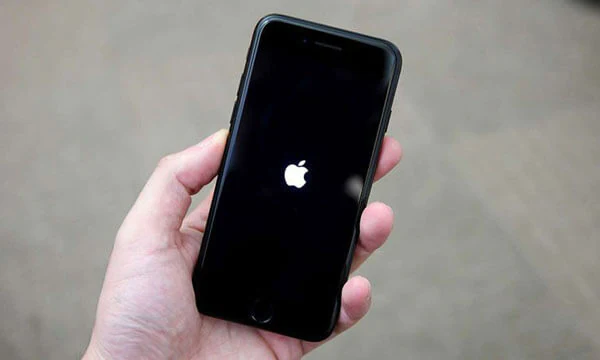Smartphones require both the software to work in harmony with the hardware. An issue like overheating or poor battery life can software or hardware related but we can usually fix it if it’s software related. Today I will be walking you through how to perform a factory data reset on the Samsung Galaxy S10, Galaxy S10+, Galaxy S10 Lite, & Galaxy S10e.
Since the S10 series was released I have been showing you how to troubleshoot your device in a number of ways. Whether this is booting into safe mode to check for troubled 3rd-party apps or wiping the cache partition to fix random bugs from popping up. There are a number of these troubleshooting steps that I recommend you familiarize yourself with.
So far, those suggestions for fixing all sorts of issues and bugs have been quick and easy to do. They don’t cause any data loss either which also makes the steps you should go through first. However, they won’t fix everything so there are times when you may need to take things further.
Most people hate hearing a suggestion to perform a factory data reset but to be honest, sometimes it’s simply needed. This isn’t isolated to Android either. iOS, Linux, Windows, and macOS can all benefit from a fresh install from time to time. The problem is that people don’t want to spend the time to set stuff back up.
Thankfully, there are some backup options from you to choose from including Samsung Smart Switch, a 3rd-party application-based backup method, a TWRP custom recovery method and more. I will be covering some of these backup options in the future so look out for those guides.
For now, let me show you how to perform two different versions of a Galaxy S10 factory data reset. One is referred to as a “soft factory reset” while the other is referred to as a “hard factory reset”
Warning – Completing either of the tutorials listed below will wipe all of the data from your smartphone. This includes SMS text messages, photos, videos, apps, games, contacts and anything else. Make sure you manually back up your data to your PC or in the cloud.

Samsung Galaxy S10 Soft Factory Data Reset
- Open up the Settings application
- Scroll down and then tap on the General Management option
- Tap on the Reset option
- Then tap on the Factory Data Reset option
- Scroll down and tap on the blue Reset button
- Authenticate yourself as the owner with your PIN, pattern, or password (if you have one set)
- And finally, tap the blue Delete all button
Now, that method is recommended if you are able to boot your Samsung Galaxy S10, Galaxy S10+, Galaxy S10 Lite, or Galaxy S10e into the Android OS. It’s quicker, easier, and is the same as performing the Hard Factory Reset. If you can’t boot into Android then follow the detailed steps below. . .

Samsung Galaxy S10 Hard Factory Data Reset
- Boot the Galaxy S10 into Recovery Mode
- Press the Volume Down button until the Wipe Data/Factory Reset option is highlighted
- Press the Power button to select this option
- Then press the Volume down button again to highlight the Yes option when asked to confirm
- And press the Power button again to select the highlighted option
- Wait for the factory reset to complete
- So you can finally press the Power button again on the Reboot System Now option
Now, you can see there are two different ways to perform the same factory reset on the Samsung Galaxy S10 Lite, Galaxy S10, Galaxy S10+, or Galaxy S10e. Both of these methods will do the same type of data reset. Neither is better than the other either (I hear so many people say the second method is better).
We just have two different ways to do this because it will depend on what situation you are in. I talk about this in the video, and briefly touched on it under it as well, but you most likely just want to follow the steps in the first tutorial. It’s easier to do but it does require that you are able to boot up into Android.
There are some situations where you get stuck in a bootloop and cannot boot into Android. If that is the case for you then yes, you will want to use the second method detailed above. This is a bit of a last chance type troubleshooting step since it’s never good if you are unable to boot into Android.
Still, it could be useful since a simple OTA update could cause your device to run into a bootloop. Usually, these critical bugs are fixed before they are pushed out but sometimes they slip through the cracks.






1 comment